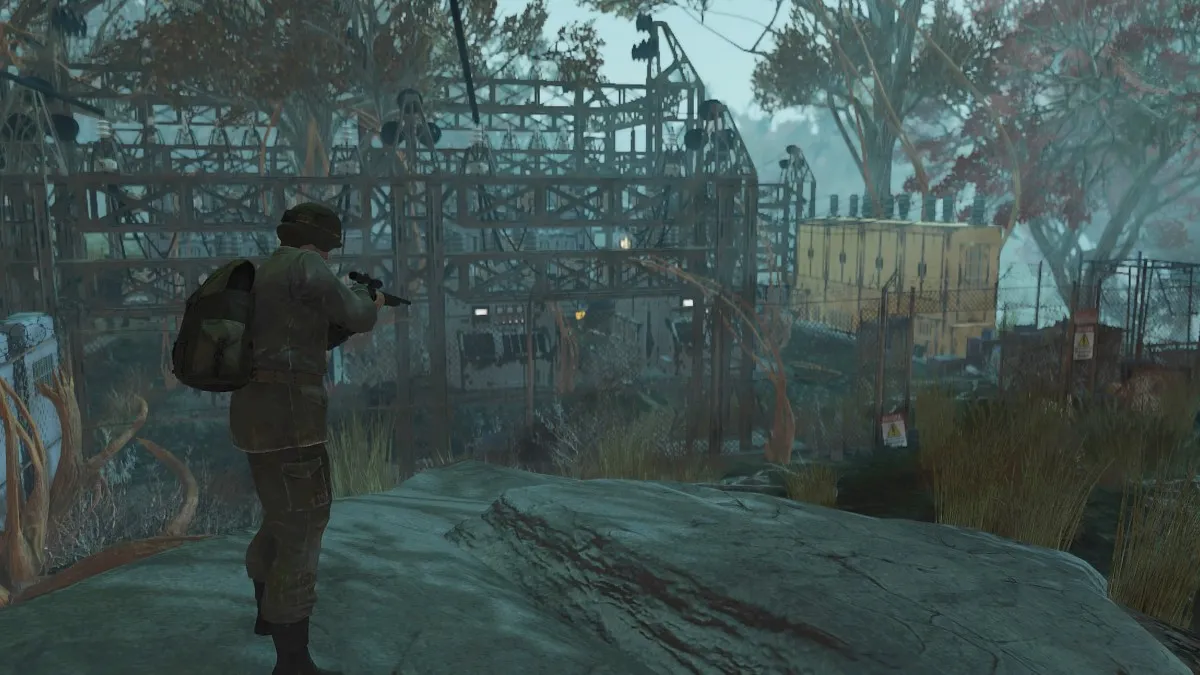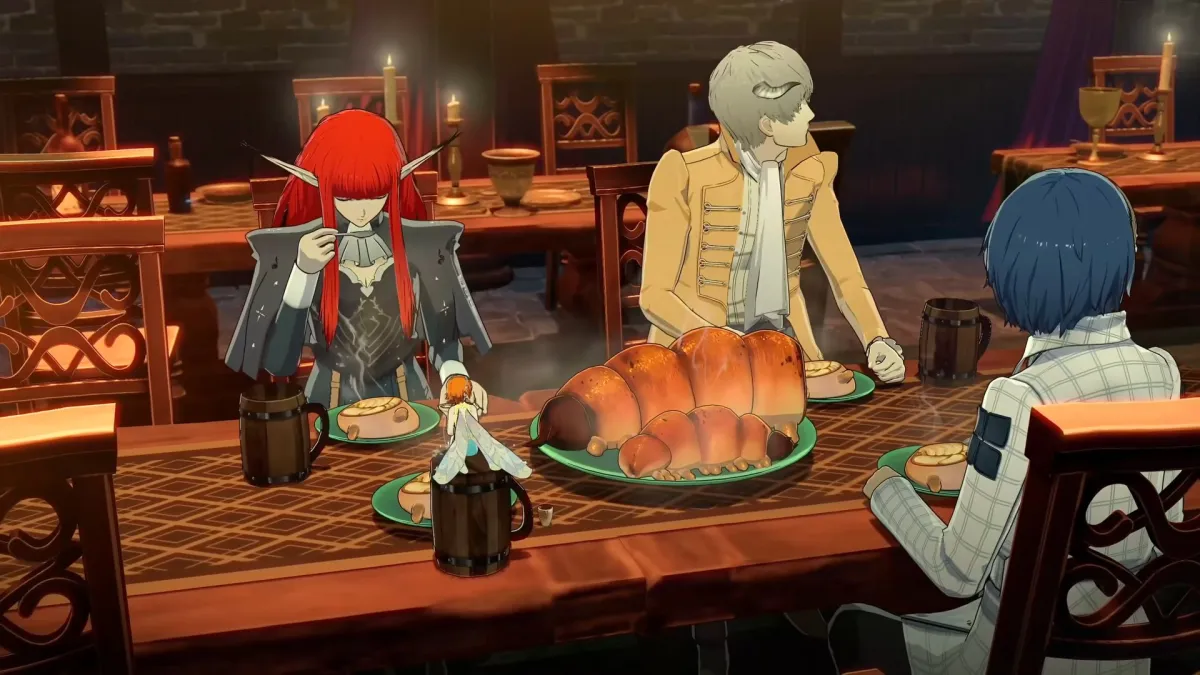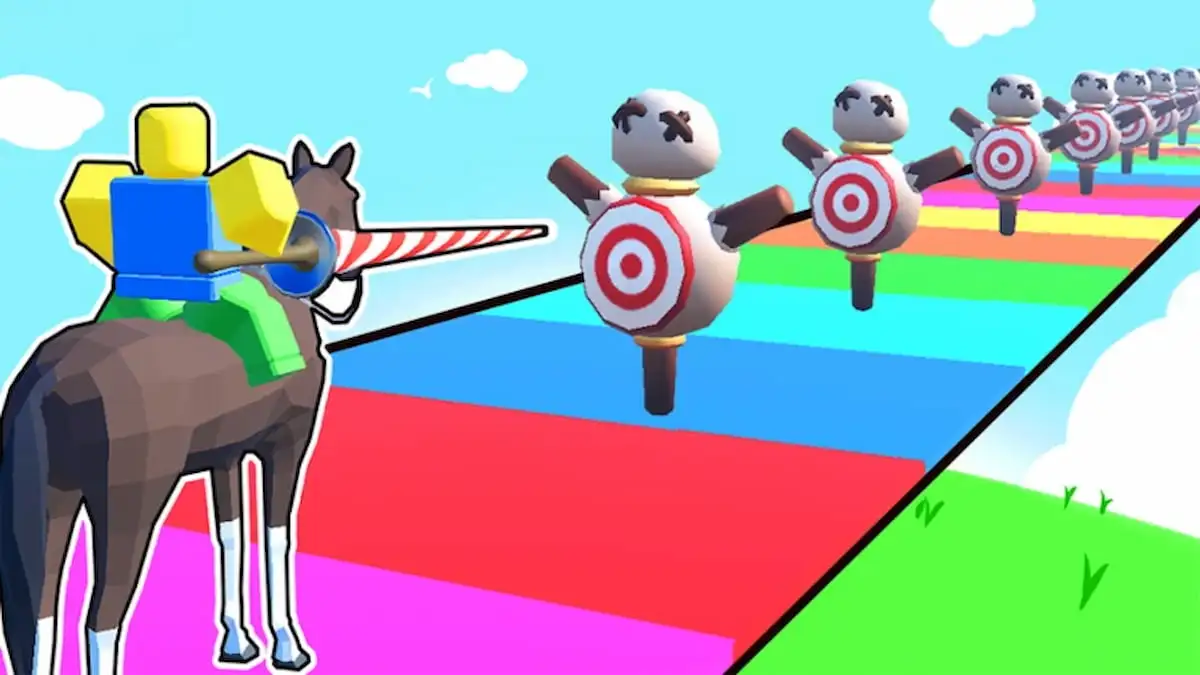In 1989, the deceptively titled RPG Sweet Home terrified NES owners with tight corridors, dark and disturbing scenery, and cut-it-with-a-knife tension. Death was permanent, traps lurked around every corner, and the mansion players navigated served as the ultimate, ever-present antagonist. It is also one of the most critical influences on the grandfather of survival horror gaming – Resident Evil. Resident Evil was originally intended as a remake of Sweet Home but took on a life of its own, eventually evolving into one of the single most iconic horror experiences the video game industry has ever witnessed.
Designer Shinji Mikami, who had spent his previous years creating Disney games for the Super Nintendo, took on a radically different project in early 1994, when development on Resident Evil, or Biohazard in Japan, began. Resident Evil was conceptualized, created, and delivered as a pure, unapologetic horror experience for the new generation of consoles, and after months of delays, the title released in March of 1996 for the PlayStation. Exactly 20 years ago today.

When Resident Evil released, it set a new standard for horror games, showcasing not only what a horror game could be, but also to an extent what it should be. While many elements of Sweet Home carried over to the new title, it quickly rose above its influence. Despite the game’s campy cliches and cheesy voice acting, it successfully tightened its cold grip around gamers’ hearts, implementing a level of suspense that led to it being considered one of the most defining moments of horror gaming. Resident Evil tasked players with the mission of investigating a small town that had been plagued by bizarre disappearances and disturbing deaths. Shortly after arriving, your team is met by terrifying creatures, with the story unfolding more like an interactive film script than a video game. Playing as either Jill Valentine or Chris Redfield, the player battled not only against monstrous enemies, but also the demand for strict conservation of resources. The game served to replicate the feeling of being weak and powerless against unimaginable odds.

Development on the sequel began quickly, and aspired to be much more complex than its successful predecessor. After a year’s worth of tireless effort from nearly 50 people and just two months away from the projected release date, the entirety of the sequel was scrapped and completely redesigned. The decision to trash the nearly complete project and start over contributed significantly to the already heightened interest in the project. Taking place a few months after the end of the first game, the players find a Raccoon City overrun with zombies and other assorted creatures, as well as a new pair of protagonists – Claire Redfield and Leon Kennedy. When finishing the game with one of the characters, game data carried over with the other one, as did events that occurred, which impacted the situations you faced with the other character.
Resident Evil 2 released in 1998 to glowing reviews. The game was, and remains to be, one of the most anticipated video game sequels in video game history. The cost of starting over was great, but the reward was far greater. The reimagined characters and an improved take on the parallel story spared Resident Evil 2 from falling victim to the sophomore slump, with its success eclipsing that of the original and securing the series’ future as a historic franchise.
Following the massive success of Resident Evil 2, Capcom went all hands on deck with expanding on the Resident Evil name. Fans were hungry for more Resident Evil, Capcom was hungry for more Resident Evil fans. Work began with multiple consoles in mind, with the third installment, Resident Evil: Nemesis releasing in 1999 for PlayStation. it served as part prequel, part midquel, part sequel to Resident Evil 2, opening in the 24 hours prior to that title. Nemesis was developed alongside Resident Evil Code: Veronica, which was originally intended to be the series’ third installment. Delays pushed the game into 2000, and it was received as the “true” successor to Resident Evil 2. However, the game could not replicate the success of Nemesis due to its platform: The Dreamcast. An extended cut was eventually brought to PlayStation 2 as Resident Evil Code: Veronica X. During this time, the Gun Survivor series, which was viewed as cursed from day one, was released – and savaged by reviewers – as was the Game Boy Color entry Resident Evil Gaiden.

The original Resident Evil was remade in 2002, and was hailed as the ultimate survival horror experiences. Resident Evil Zero followed shortly after, releasing to generally positive reviews. An attempt was made to revive the Gun Survivor series with Resident Evil: Dead Aim, and while it was received more positively than its Gun Survivor predecessor, the overall reception was still mixed at best. The Gun Survivor series was retired. Outbreak and Outbreak File #2 were released to mixed reviews, and it became obvious that the stunning 2002 remake had cast an umbrella over the franchise, with fans hungry for more than Capcom was delivering, leaving some to wonder if perhaps the world’s love affair with the series was coming to an end.
Resident Evil defined the survival horror genre, and consistently redefined it during the years following its release. It took the idea of “scary” from blood and gore to a position of suspense and anticipation. It’s influence, much like the drugs pumped into the residents of Raccoon City, spread and mutated through the industry. By the early 2000’s, though, it began to look like the series was nearing a close. It was not without its fans, of course, but the bright flame that it had ignited with its fresh take on horror gaming was beginning to fizzle, and it was looking as though the franchise was nearing an anti-climatic burnout. It would ultimately fall on the shoulders of the next game to determine the future of the franchise, for better or worse. Only drastic measures could revive the once great franchise. So, Capcom got drastic.
It was necessary for Capcom to eclipse the success of Resident Evil‘s prior entries in order to maintain relevance. While several of the side projects were far from total failures, they were near-universally deemed massive disappointments, serving to make the fresh, new sensation that the series had become known for feel hollow and stale. For a series focused on zombies and monsters, it was spending more time being haunted by the ghosts of many fallen games.

Resident Evil 4‘s development was the rockiest in the series. It was known from the start that this would be the title to determine Resident Evil‘s future, and during the course of the development of the game it is believed that at least three or four versions were discarded. One of the earliest attempts at development for Resident Evil 4 strayed too far from the series’ established survival horror themes and was eventually developed into Devil May Cry, spawning an entirely new franchise. In 2002, fans finally got their first look at Resident Evil 4, announced as one of five games developed exclusively for the GameCube. It was terrifying and stunning, sending shockwaves through the industry in spite of the scarce details. Despite the overwhelmingly positive reaction, this version was also quietly scrapped. The game finally found its way back into Shinji Mikami’s hands.
When Resident Evil 4 released on January 11, 2005, it killed off one genre and simultaneously breathed a new life into another. Resident Evil 4 put more emphasis on action, putting the camera behind the character’s shoulder and, in the minds of many, completely reinventing third-person shooters, as that angle is now standard. Emphasis was put more on killing than evasion. By the time the game released, however, criticisms were not only silenced – they were replaced by a staggeringly positive reception. Discussion of the game’s shift from survival horror to more of an action shooter were noted more in an observational matter rather than a clinical one. The new game was a masterpiece, held in high regard by critics and fans alike, despite being home to one of the most annoying escort quests in video game history. The game was more fast-paced, but did so while still being tense and scary. Despite releasing more than a decade ago, the impact of Resident Evil 4 still casts its shadow over the industry as a whole. Unfortunately, much like the effect after the 2002 Resident Evil remake, this shadow extended to its own franchise as well.
“Survival Horror” had taken on new meaning by this time – the success of Resident Evil 4 was necessary in order to ensure the survival of the franchise. Unfortunately, the game’s success had large, unintended consequences. While Resident Evil 4 was the result of a genre shake-up that was the final attempt at extending the life of the franchise, the future sequels had the misfortune of coming after Resident Evil 4, over-exploiting that shake-up and failing to hold up against the expectations of fans.

Four years later, Resident Evil 5 released. When the game hit on PlayStation 3, Xbox 360, and PC, it was breathtakingly beautiful – but it wasn’t graphics that people were talking about. Gone were the tight corridors, eerie atmospheres, and ingrained sense of dread, with horror taking a backseat to shooting. The game was successful – sales were excellent and the reviews overall were generally positive – but it still fell short of expectations as a follow-up to “one of the greatest games of all time.” In the years following Resident Evil 5, Capcom revisited light-gun gaming with The Darkside Chronicles, portable gaming with The Mercenaries 3D and Revelations, and released the tragic Operation Racoon City. Reviews for these titles were all over the map, but at this time the water was simply heating. It wouldn’t boil until 2012, with the release of Resident Evil 6.
Resident Evil 6 released as a good game, and would have likely been more successful if it had dropped the Resident Evil name and embraced what it was – a generic action shooter. The game danced on the grave of survival horror, run and gun gameplay replacing suspense and horror. The intelligent, puzzling, and tension-ridden gameplay were replaced with explosions and gunfights that would have felt more at home in Call of Duty. While each of the game’s separate campaigns offered a different take on the over-the-top story, not even that could negate the fact that this title was a Resident Evil in name alone. A franchise that had long been on the decline had finally fallen, losing every trace of what had propelled it to the status it had once held.
Following Resident Evil 6 Capcom released Revelations 2 across four episodes, with the reviews coming in mixed, particularly concerning the anti-climactic finale. Coming soon is Umbrella Corps, which entirely drops the Resident Evil name – and likely with good reason, as many early previews have stated that the game, which is set to release in May, looks nothing like a Resident Evil.
The attempt to oversaturate the market in the late 1990s and early 2000s made the Resident Evil franchise feel like a “throw it at the wall and see what sticks” type of series – however, at that time the series’ level of success still far outweighed its failures. The most defining aspect of Resident Evil is, and always has been, its ability to define and redefine how we look at video games. If Capcom wants to continue doing that, then it is time to redefine how we look at Resident Evil.
Resident Evil is one of the most successful and beloved franchises in gaming history, and Resident Evil 4 not only breathed a new life into the series, it is also widely considered to be one of the greatest games ever created. The development of that title was brutal and desperate, with Capcom seemingly aware that anything short of an exemplary game would doom the franchise. However, the sequels to follow that installment showed that the franchise was crumbling under the pressure of its own weight. At this point, if Resident Evil is ever going to be able to move forward, Capcom may need to look backwards for inspiration, channeling what made the series great from the start – soul crushing horror.



